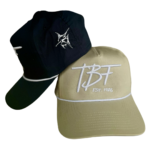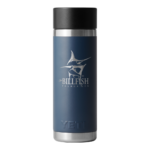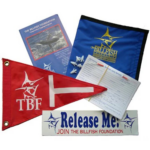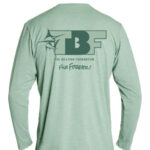This summer, TBF’s PhD scholar, Miguel Montalvo, attended a course at Friday Harbor Labs on San Juan Island, Washington. This course explored the functional aspects of the anatomy of fishes, something that is crucial to his PhD work. In his doctoral research, Miguel is delving into the intriguing evolution of billfishes, focusing on the development of rostral elongations, their fossil history, and the understudied area of billfish dentition.
This summer class was a continuation of Miguel’s work. He was able to learn more about the intersection between engineering and biology, as well as how real-world applications come from the detailed study of the biology of fishes.
During this class, Miguel’s project focused on how the teeth on billfishes’ bills affect their ability to slash while hunting. It has been observed that some billfish species hunt by slashing their bills through schooling fish, stunning or injuring them to make their prey easier to consume. Interestingly, adult billfishes (except for swordfish) have thousands of minuscule teeth throughout their bills, which are so small they have the appearance and texture of sandpaper. While it has been hypothesized that these teeth are used to increase the ability of the bill to injure prey, Miguel was exploring how they may affect the drag or stability of the rostrum while moving through schools of bait.

To test this hypothesis, Miguel made a series of 3D-printed cylinders. Each cylinder was covered in mock billfish teeth of varying densities, while one was completely smooth. They were then placed in a flume, an instrument that has water moving continuously, so the forces of drag could be measured against the different cylinders. Miguel also used a laser imaging technique called Particle Image Velocimetry (pictured above) to capture how water flowed around the teeth.
Due to the immense undertaking this project required, as well as a series of technical difficulties, Miguel was unable to finish his study within his 5 weeks at FHL. However, he plans to finish this project in the future, complementing it with some real billfish models to test.
As our inaugural PhD student, we are thrilled to hear updates regarding Miguel’s work. To stay in the loop with Miguel’s research, follow us on social media and keep up with our monthly newsletter.






